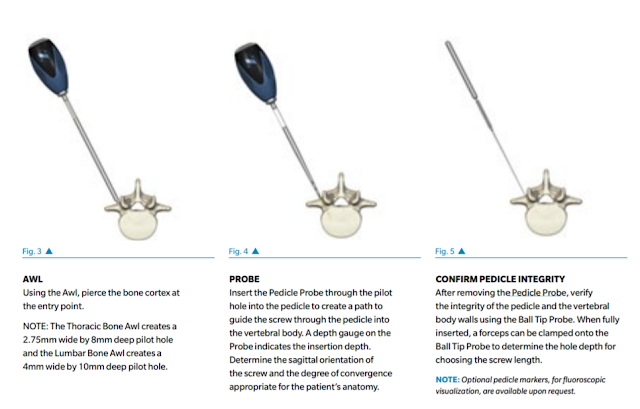Week 2
This week was particularly eye-opening for me. Spending
time in the oncology/bone marrow transplant (BMT) ward was both extremely heartbreaking
and incredibly formative. Heartbreaking, because patients with leukemia will
not survive if they don’t receive a transplant. Formative, because I don’t
think I’ve ever learned so much, so fast. What was particularly interesting to
me was graft-vs-host disease (GVHD), a topic our team studies back home, but
that I didn’t really know much about. It was difficult listening to the medical
staff teach me about the disease while simultaneously trying to remember my
freshman biology lectures, trying to make connections where I could. I’ve
studied epithelial cells, immunosuppression and cancer, but I have a much deeper
appreciation for what I’ve learned after seeing how all these components
interplay together in the context of disease.
Spending time in the BMT ward, I’ve come to
realize that these doctors are a lot like firemen. Doctors here are putting out
fires all over the place. Cancer rarely responds how you think (or hope) it
will, and physicians constantly need to readjust and modify treatment. From a
basic science standpoint, all I see are patient samples with an anonymous
identifier. It’s easy to be removed from the patient when all I see is a 1ml
sample of plasma with “ABC123” written on it.
Something else I’ve noticed is how subjective
medicine can be, especially in the context of GVHD. The disease has various
stages which can be interpreted differently by different clinicians. From an
engineering standpoint, this was borderline blasphemy! I’m so used to exact
numbers and values, I had a hard time wrapping my head around the concept of diagnosis
being subjective.
All in all, I feel incredibly lucky to have
joined the BMT service at this time. The research group is working on some
absolutely amazing things and has included me in every step they could. Since
I’ve committed myself to a career in science, my goal has been to work on
something that will eventually make its way to the clinic, where it can help
people. In the BMT lab, I had the chance to see it happen in the form of a
clinical trial. I was shown how an idea can start from a simple idea and have
its concept shown in the context of basic science research. From there, it is
tested in pre-clinical trials, moves onto full clinical trials and if all goes
well, makes its way to standard care. To see the results of years of hard work
finally make its way to helping people reinforced my decision to work in health
care research.


Comments
Post a Comment